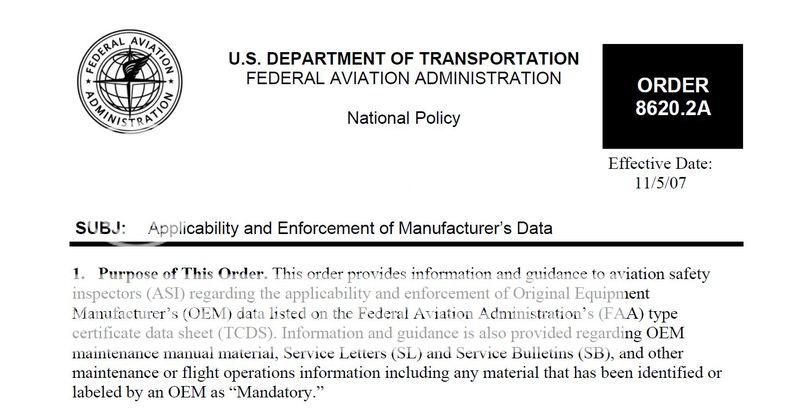well maybe he can tell us why many of the helos are life limited and required to change out high time parts as part of their type certificate? they oper ate in part 91. Robertson is a prime example.
LLPs and TBOs aren't quite the same, but what matters is how the particular aircraft was certified per my understanding. You mentioned the Robinson, which you are correct has LLPs (as do most if not all helicopters) that must be adhered to as part of the certification basis. I don't know enough about the details to go at them at great length, but as an example the Cheyenne and Conquest I recall as having required overhauls of props at TBO as well. This was part of the certification basis of the aircraft, and thus mandatory. When I was flying 135, our ops specs included adherence with engine and prop SBs (which is standard), and thus engine and props needed to be overhauled in accordance with the TBO SB.
I am not familiar with any regulatory documents indicating that, for the propellers I've been in charge of on the aircraft I've managed, overhaul is required in accordance with the applicable SB for Part 91 operations. I am not aware of any ADs out on those propellers that would present required inspections or overhaul, either. Nor have the appropriately certified IAs who have signed off on the annuals informed me of documents to that nature (which is 3 shops with 7 A&P/IAs). As you correctly point out, I am not an IA, so I rely on the expertise of the IAs I employ in those areas. However, I do work with my A&P/IA and if he told me that I needed to overhaul the props because of such and such a document, I would look into it before agreeing to proceed. Obviously, if there were legal requirements surrounding propeller overhaul or maintenance then I would adhere to them, and would not advise anyone from doing otherwise.
I have seen instances where manufacturers have tried to change various maintenance documents post-certification to make maintenance requirements more restrictive. Cessna recently did that with certain aircraft to try to sneak in some of their service bulletins as legal requirements. The FAA responded to inquiries about this indicating that changes of that nature would only be regulatory to NEW aircraft of that type (the aircraft in question were out of production) so it was determined their changes had no legal standing for the legacy fleet, and only an AD could accomplish what they were trying to do. I'd assume similar for a propeller manufacturer.
I have also seen instances where certain individuals within FSDOs have tried to enforce items that are not in line with the regulations.
Basically, I wouldn't take a statement saying I needed to more because of some new reg without investigating.





